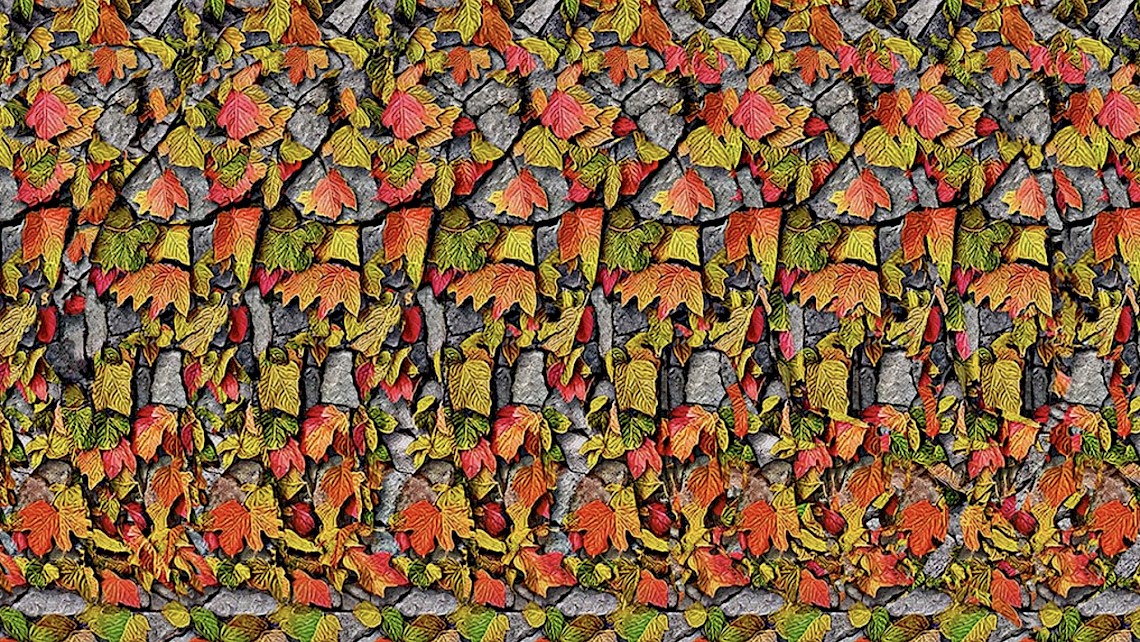Alarm Will Sound @ Beijing Modern Music Festival
Alarm Will Sound @ Beijing Modern Music Festival
Alarm Will Sound performed at 4pm on May 26, the last day of the ISCM World Music Days, hosted by Beijing Modern Music Festival.
Alarm Has Sounded
Alarm Will Sound has an aesthetic, and it has a festival in the midwest. I get the impression that composers work closely with the group at their festival to create works that fit in with their aesthetic. The first piece, Andrew Norman’s Try struck me as paradigmatic. Parataxis on crack—sharp shifts—that Zorn ethos where nothing persists for more than 15 seconds. Try was fun & clever. It lacks anything like what I describe below in the works of Peck & Burhans, but he makes up for that lack with crazy histrionics and slapstick.
Two works stood out on the A program. First Vinyl by Charles Peck. The piece began with AWS-brand craziness, but found its way to something substantial, personal, genuine—a minor third/major third move that the composer was able to keep going, to sustain to the very end (through variation and transposition) It was a harmonic/melodic thing with real power. It made me very happy.
AWS’s violinist Caleb Burhans wrote a short and sassy work in high Steve Reich mode, but with a twist. He calls it Escape Wisconsin. I found it got off to a clunky start, but just after midway (I think), the Burhans blew me away. He gave us a series of shifts from one pedal tone to another—a Steve Reich/Perotin trick. As Reich acknowledges his debt to Perotin, we can say that this kind of modal inflection goes back a millennium. It is one of the tricks that has been discarded that doesn’t need to be discarded, even if it’s applied in a post-tonal context. Each pedal tone casts a new light on the whirring, shimmering material above. The surprise twist came when Burhans gave us a non-diatonic pedal tone. “Tonal” (better described as *diatonic*) harmonies persisted in the piece until that moment when non-diatonic harmonies thrust themselves to the foreground—like a splash of magenta over a grey background. Two things happen when harmonies are effectively mixed up like this: 1-foregrounding; 2-propulsion, his move motivated the rest of the piece. Such a simple thing to do, and yet there was too little of this on the AWS program, too little throughout the entire festival.
Be on the lookout for the recording of AWS’s evening-length Scott Johnson piece. Johnson is a thing unto himself. I am grateful to AWS for commissioning Scott Johnson. Scott has it all.
Later that evening, at the 7:30 performance of the China National Symphony Orchestra, Harue Kunieda’s Floral Tributes III employed a wonderful version of Caleb Burhans’ trick, but unfolding much more slowly. The harmonies progressed through a non-diatonic moment that rocked the house in a gentle way, and introduced the congas. So, she demonstrated something that music can do that’s wonderful and rich: don’t just bring in the congas; give birth to the congas through a deep and memorable harmonic event.
Musical events can be overdetermined. In fact there can be innumerable confluences of perceptible contrasts that can make a moment pop—a counterpoint of musical events that accent the harmonic/melodic/tibral flavors. There is too little of this kind of mastery.
–William Anderson, RSF delegate to ISCM World Music Days, 2018









William Anderson is a guitarist and composer and an advisor to the Roger Shapiro Fund.